Executive Resume Writing Tips for 2021
7 proven executive resume writing tips you can use to get hiring manager attention in 2021.
Stressed about her job search, Evelyn shared, “I’m unsure how to write my resume in an impactful way. I don’t know how to frame my experience in the context of the different positions I’ve held, plus I don’t know how to identify or express my transferable skills.”
Evelyn’s not the only job seeker feeling unsure and overwhelmed. I speak with dozens of job seekers every week who feel the same way. I suspect that if you’re reading this article you may be in the same boat.
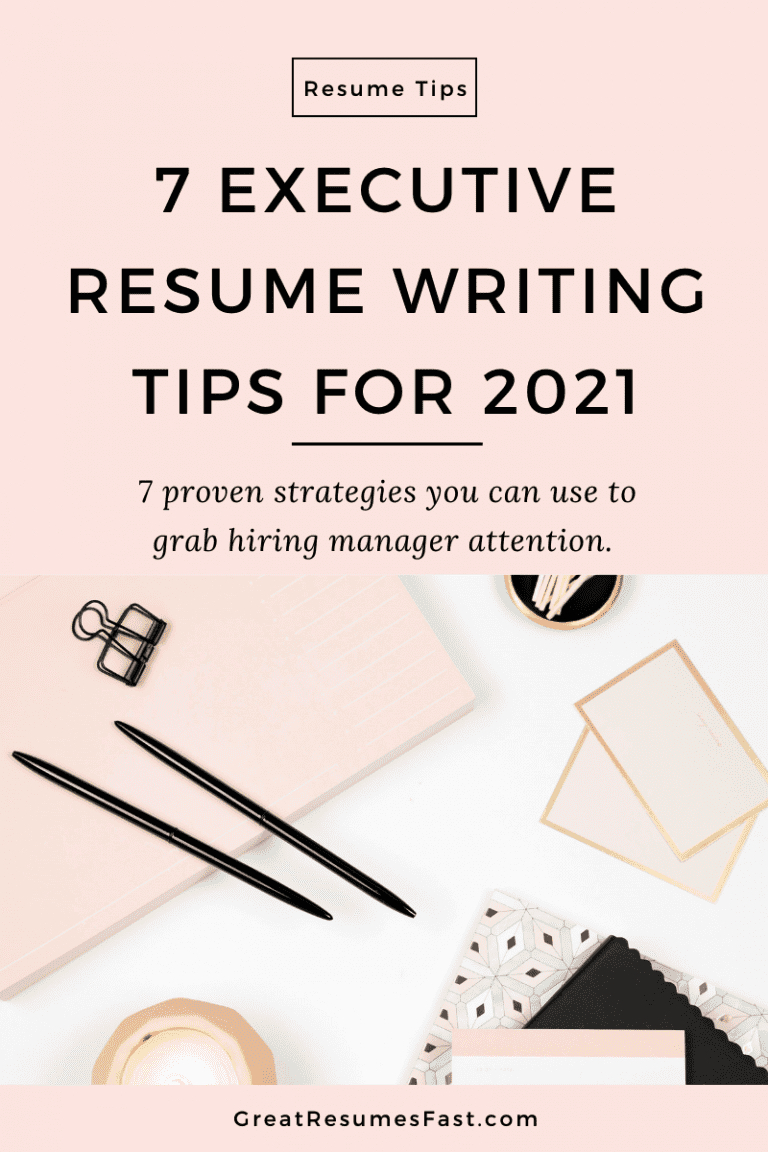
One of the most difficult aspects of resume writing is doing yourself justice. It’s not easy to uncover your accomplishments and then explain them in a way that communicates value to a prospective employer. That’s why in this blog article I’m going to give you seven tips that you can use to revamp your resume for a 2021 job search. We’ll discuss:
- Maximizing your career summary.
- How to draw immediate attention to your value.
- How to uncover the hidden gems in your career story.
- Using a formula to write captivating bullets.
- Designing with your reader in mind.
- Conveying the in-demand skills employers say they want right now.
- Showing you can overcome challenges and add value in the midst of a tough economy.
The job market has changed dramatically and 2020 really shook things up for job seekers, hiring managers, and all of us really. It’s time for a reset! Let’s get started.
Executive resume writing tip #1: Maximize your career summary with key results
One of the most overlooked opportunities to convey value on your resume is in your career summary.
Did you know that hiring managers scan resumes in an F- or a Z-shaped pattern? Meaning they start at the top of the resume and read from left to right across the page in an F shape, or zigzag across the top from left to right then scan across from right to left. This is important information because it tells us exactly where to place your most notable accomplishments.
If you were to look at resume templates on the internet, most of them are outdated and have very broadly written career summaries that typically generalize the candidate’s career history. The problem with going this route is that you’re giving the employer a generalized statement applicable to any job seeker on the market. Doing so neither differentiates you so you stand out, nor supports your personal brand.
From the very beginning of your resume it’s important to start laying the foundation of your personal brand and how you’re unique compared to other job seekers.
When we work with clients we incorporate a few of their most impressive accomplishments and metrics into their career summary.
What are you known for? What are you most proud of in your career?
Awards? Publications? Sales targets? Negotiations? Budgets?
Your career summary is the place to point out these great wins and differentiating factors.
Point to note: years of experience is not always a brand differentiator. Other candidates can have 15+ years of experience. Focus on your strengths, unique skill set, and past accomplishments.
I recommend incorporating one or more of the influential phrases below. You could choose one that suits you best or come up with your own.
When we work with clients we may start their career summary with an influential phrase and then dive into measurable achievements.
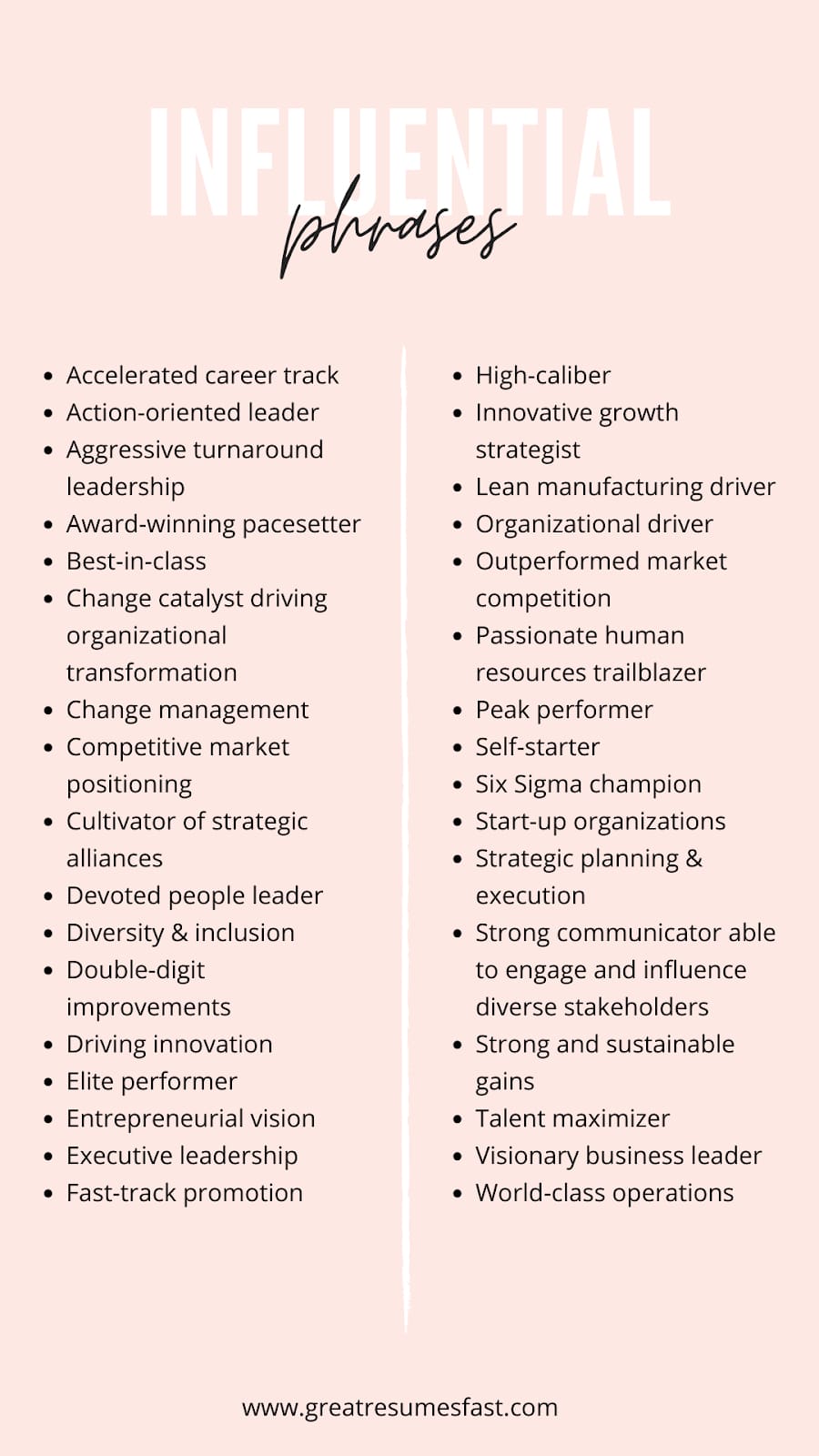
If you’re looking for more information on career summaries or just resume writing in general, I did a #GetHired Live with news editor Andrew Seaman on LinkedIn. You can watch the replay of the video on YouTube here.
Executive resume writing tip #2: Create a notable accomplishments section
Nine out of ten job seekers we work with come to us because they struggle to convey their value. I hear things like:
“I know I’m talented but I don’t know how to convey that on my resume and present my transferable skills.”
“I need to be more confident that my resume reflects everything I have done and can bring to a company.”
“I can’t figure this out.”
“I’m not getting callbacks.”
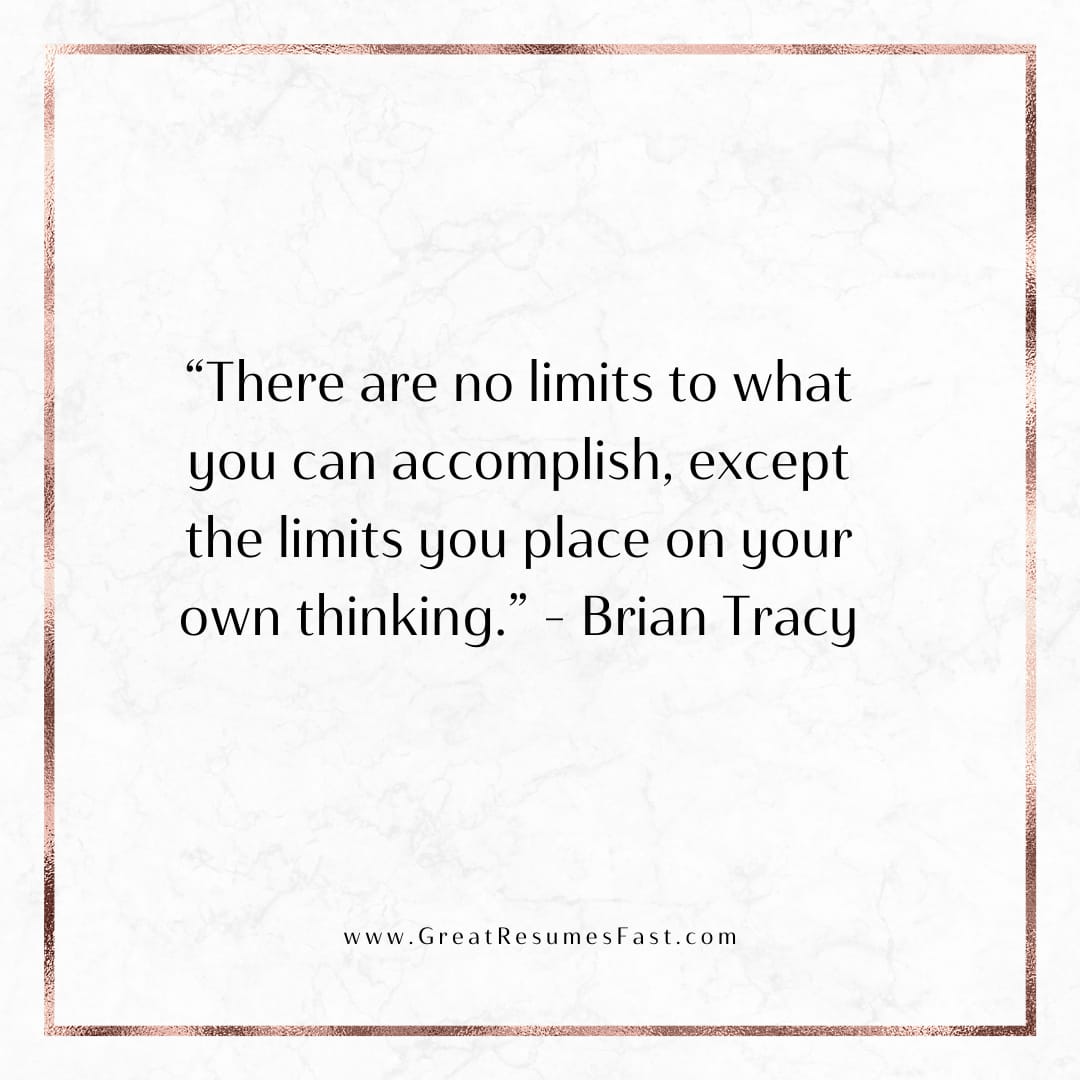
If you struggle with expressing your accomplishments and value, you’re not alone! I don’t think it’s easy for anyone to market themselves, not to mention trying to do so without feeling like you’re bragging or boasting. (Heck, even I get my writers to chime in and provide me with feedback on my bio and LinkedIn profile). It helps to have an outside perspective.
I like to brainstorm and create an outline before I sit down to write. I recommend grabbing a cup of coffee and a notepad before heading to your porch (or somewhere you focus best, for me it’s my front porch), and then try to jot down some answers to these questions:
- What does someone with your job need to do and accomplish in order to be considered a success?
- How would I know that you’re doing your job well?
- What sets you apart from other candidates for this job?
- Why are you better than average?
- What have you achieved in your job? Have you saved your employer money or time? How is the company better because of you?
- What did you do for a company that someone else did not or would not do?
- Have you received any honors, awards, or recognition this year?
The answers to these questions will make a memorable accomplishments section for the top third of your resume.
Choose two to three accomplishments that you’re most proud of and that are as relevant as possible to the role you want next. Include those in the notable accomplishments section at the top of your resume. It’s important to select accomplishments that are related to the career move you want to make next because these will make the biggest impact on employers.
I prefer to set off these accomplishments in a separate section with shading and/or a border. I also like to bold the most notable portion to really draw attention to what I want the employer to see.
For instance, if you were the President’s Club Award Winner for 2020, you would want to put that in your accomplishments section and use bold text so that it stands out to the eye when skimming the page.
Here’s a visual of what that might look like on your resume.
We included this section on a client’s resume right underneath the position title and career summary. Because the rest of the document has a white background, this really jumps out at the reader.

Executive resume writing tip #3: Dig deep to uncover the hidden gems in your career story
In the last section, we discussed choosing two to three accomplishments that are relevant and that you’re most proud of.
Now, I want you to dig deeper to uncover more content for the rest of your resume.
Two things you need to know:
1 – Accomplishments need to include a Challenge, Action, and Result to make the content powerful in a resume bullet. Using a CAR format–which I’ll discuss more in the next tip–gives the achievement context and shows the action you took to achieve the result vs. just giving the employer the result. The context is important.
2 – When possible, quantify the achievement in dollars, numbers, and/or percentages.
Here are some accomplishment prompts you can choose from to help you uncover the hidden gems in your career story:
• Have you been recognized as the first person to do something in your role?
• Describe a time when you saved the company money.
• What project have you accomplished recently that helped the company make more money?
• Have you met an impossible deadline? If so, what difference did this make to your company?
• Describe a recent problem you had to solve.
• What is your biggest professional achievement in the past 12 months?
• What project have you accomplished recently that helped attract new clients to the company?
• Look at your most recent performance evaluation or review. What were you commended for?
• What have you come up with in your current position that has made your work easier?
Let’s look at an example of what an accomplishment bullet might look like before and after we quantify it (because I’m a visual person and I always want someone to “show” me what they mean).
Here’s an example without metrics:
- Increased bookings, reservations, and inquiries after reinforcing a multi-use development company’s marketing materials via a series of hero visuals, still photography, motion work, and layouts.
Now, here’s an example with metrics:
- Generated a 42% increase in bookings and reservations, plus a 60%+ surge in inquiries after reinforcing a multi-use development company’s marketing materials via a series of hero visuals, still photography, motion work, and layouts.
Which one do you prefer?
I like the second one. It gives me more context and I’m able to understand exactly what the candidate delivered.
Employers prefer quantifiable data. It proves what you’re capable of achieving.
Executive resume writing tip #4: Using a formula to write captivating bullets
It may seem like I’m spending an awful lot of time on accomplishments and how to write them.
And . . . yes, yes I am.
For two reasons:
- It’s the area where great candidates struggle and fail when writing their resumes.
- They have the greatest effect on your chances of landing interviews for the role you want.
Accomplishments are where the rubber meets the road. It’s the difference between choosing which offer you want to accept and getting zero interviews.
OK, now that we’ve cleared that up, let’s dive in.
There are several different acronyms and formulas you can use when writing resume bullets. I recommend keeping it simple and using the CAR format.
It stands for Challenge, Action, Result.
The fun part is that you don’t actually start the bullet with the challenge. You start the bullet with the action.
An action verb to be specific.
You want to show the reader how you took action, the result you achieved, and then at the end throw in the challenge to give the result context.
Here’s an example of this formula in action:
Boosted profit margin 40% by infusing creativity and business savvy to a company that formerly operated in a strictly analytical method, bridging the gap between creative talent and the analysts to highlight the value of both sides.
Action: Boosted, and infusing creativity and business savvy
Result: Profit margin 40%
Challenge: Company that formerly operated in a strictly analytical method, bridging the gap between creative talent and the analysis
See how we understand the importance of the profit margin being boosted 40% by hearing the challenge this candidate had to overcome? (Which in this case was a strictly analytical business model.)
You try it:
Challenge:
Action:
Result:
Now put it all together, but start with an action verb that leads to a result, then round it out with the challenge.
Here are a couple of things to do to troubleshoot if you’re stuck:
Problem: I don’t have any numbers.
Answer: You do. You just have to know where to look.
Number of team members on this project?
What was the project budget?
How many customers/clients/users were affected?
Timeline for the project?
Did you come in under the deadline?
Did you save customers, team members, clients, or your boss time?
Did you eliminate needless actions/work/duties that led to higher production?
Were you able to save money, hours, or manpower?
If you don’t have a direct impact on revenue or time, others in your organization do and they are using your work.
Ask what results they’re getting.
Problem: I can’t think of the right action verbs to use. Help.
Answer: No problem, check out this list.
Need more help finding expressing accomplishments? Download this list of 178 resume power words to help you communicate your best work-related accomplishments and create an interview-winning resume and LinkedIn profile.
Executive resume writing tip #5: Design with your reader in mind
It’s fairly common knowledge that most people skim/scan when reading content on the internet.
*Hand raised* I’m super guilty of this. I like to read the subheadings to determine if the content is worth my time to read. Sometimes I’ll just read the subheads to get the gist,–especially if I’m not invested–or skip to the section that I’m most interested in.
I mention this because recruiters are not exempt. They read resumes from their smartphones and are even watching candidate interviews from their mobile devices.
Phew! That’s not asking for too much, right?
YIKES.
Your resume needs to be designed to get through applicant tracking systems, appeal to the hiring manager, and be easily read on any screen.
It’s no wonder 98% of job seekers are rejected with the initial resume scan.
So then the question becomes, how do you design a resume that appeals to all audiences?
First, use headings to break up content.
At the top of your resume and right underneath the contact information, include the position title.
Include a heading for the keyword section. My favorite headings for this section are:
- Signature Strengths
- Core Competencies
- Value-Added Strengths
- Notable Competencies
For your work history section you could use one of the following subheadings:
- Executive Experience
- Career History
- Progressive Career Path
- Professional Experience
Second, incorporate color to stand out.
Use your personal brand color to accentuate your resume. Adding color to a resume gives it visual appeal and using your brand color helps to create connection and visually communicate your personal brand.
If you’re not sure what your brand color is, you can read this Forbes article by William Arruda where he explains what each color means.
Third, keep reading patterns in mind when designing your resume.
Eye-tracking studies reveal that readers use an F-shaped pattern when skimming content online and since resumes are read mostly online it makes sense that this is the pattern recruiters use when skimming your resume.
I can vouch for the study, I personally scan resumes in an F- or Z-shaped pattern. You’ll probably notice when you visit a website that you tend to scan across the top first then down the left side of the page.
Here’s what that looks like in an eye-tracking heatmap.
Fourth, break up content into smaller chunks.
It’s very easy to get overwhelmed with dense text.
Your resume content and general formatting give readers an idea of how much work and focus they’ll need to get through your pitch. Resumes with long paragraphs crammed with jargon are challenging to read. But resumes with shorter, stronger text help hiring teams easily find all the information they need.
Here’s the bad news: executives with lengthy career histories often have very dense resumes. And many busy hiring managers won’t have the time to fully invest in reading or understanding them. So they may simply move on to the next candidate.
Resume text density includes everything from the font size and margins you use to the length of your paragraphs. It’s a visual assessment of how well you balance text with white space on the page. A book report is more text-dense than a checklist, for example. The former contains more words than white space, while the latter is the opposite.
Here are general guidelines to keep in mind:
- Use bullets, but try to limit them to three to five at a time. Reading through 20 bullets isn’t very high on anyone’s to-do list.
- Break up content by keeping paragraphs to three to five lines.
- Include images, graphics, color, borders, and shading. This will not cause problems with ATS (applicant tracking systems), but you do need to know that content in the graph won’t be parsed by the system. Meaning, if it’s important sales data, be sure to include the result in a bullet, too.
- Include white space to help improve the flow and make it easier to scan.
This is a lengthy topic that’s too much to discuss in-depth here, but I’ve really hashed it out in this article: Resume Text Density: Why Less Is Really More (+ How to Get It Right). If this is an area you need more help with, I encourage you to check out the article.
You can also use different elements to stand out like call-out boxes, borders, or shading. I shared some really effective tips for standing out with LinkedIn News Editor Andrew Seaman in this article.
You can also review professionally written resume samples on our website here for ideas and inspiration. Keep in mind, though, that trying to fit your experience into the mold of someone else only waters down your brand and causes you to look like other candidates . . . which defeats the purpose of standing out.
Make sure when you write your resume you’re not relying on templates and cookie-cutter content you find on the internet. Hiring managers have seen it hundreds of times, and it often lands your resume in the trash instead of on the short list.
Executive resume writing tip #6: Include in-demand soft skills that employers desire.
Predictions for 2021 workplace trends and post-pandemic skills are starting to pop up and here’s what stands out to me:
The demand for retraining and reskilling is growing.
Gartner reports, “Only 16% of new hires possess the skills needed for their current jobs and the jobs of the future.”
Companies are saying these are the skills that will be in demand for 2021:
– Career self-direction
– Digital technologies
– Empathy
– Communication management
– Adaptability
– Self-motivation
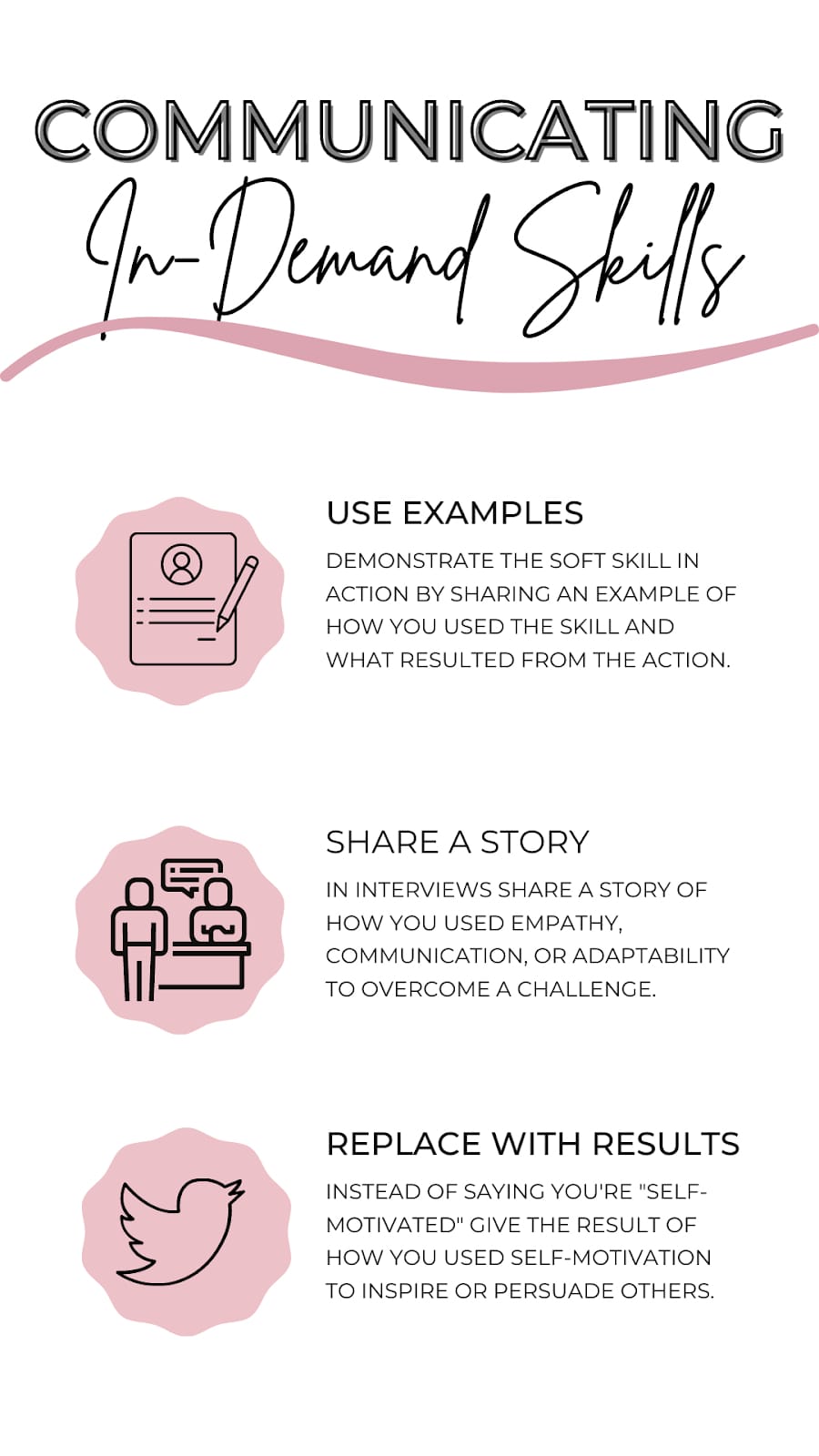
Most of these skills are soft skills. They’re not hard skills that employers will search candidate databases for, or scan for when reviewing your resume.
So how do you communicate to employers that you have the skills that are in demand for the future?
1. Use examples on your resume of the soft skill in action. How did you use empathy to solve a problem with a major client? How did you communicate with the team so that the project was completed successfully?
2. In interviews, share a story of a problem you faced and how you acted using adaptability, empathy, or communication to resolve it.
3. Instead of saying you’re self-motivated, explain how you used self-motivation to inspire others.
You know what surprised me in the studies I mentioned above? Employers now expect (and encourage) candidates to employ their own career self-direction (learning, upskilling, and reskilling). We always coach job seekers to be the master of their career path vs. letting the employer dictate. It’s an interesting turn to now see employers advocating it, too.
As a side note (wink, wink) you can use the same tips, and skills, to flesh out your LinkedIn profile.
Speaking of social media and your job search, Jobvite’s 2020 Recruiter Nation Survey shows exactly where recruiters are investing their time. In case you’re wondering here’s a visual:
It’s interesting to see how recruiters are using these different platforms, and which they find the most value in using.
Executive resume writing tip #7: Include contributions that resulted from COVID-19
COVID-19 really changed the way we work. Karin Kimbrough, chief economist with LinkedIn shared, “With the rise of remote work, one of the most exciting trends that we’re going to see is a democratization of opportunity and movement of skills all around the globe. Companies may be able to source diverse talent more easily, especially from groups that are underrepresented in their area, or for skills that are locally less available, through remote-work options.”
In a word, more opportunities are open to you, but the competition pool just grew exponentially.
If you’re interested in hearing what some of the top voices in the world of work have to say about how the pandemic has changed the way we work, I recommend this BBC article. There’s not enough space to cover everything discussed in this article, but it’s timely information that we all should read as it affects our future careers.
It reinforces the fact that the pandemic will affect not only our careers, but where we work, when we work, and how we work.
One of the biggest impacts has been the accelerated progression of digital technologies. It’s one of the many in-demand skills employers are seeking, and including it on your resume can be a competitive advantage.
We worked with a client who took quick action to protect his patients before shortages of critical healthcare equipment became an issue. We included this on his resume in a bullet like this:
– Anticipated shift in product demand due to COVID-19 pandemic – quickly and strategically changed approach across respiratory products to safeguard direct access for critical customers.
This meant that the resources his clients needed were available when they needed them most. This is one way to show your adaptability, flexibility, and proactive strengths on your resume.
Think about how COVID-19 has impacted your work. Are there any challenges or obstacles that you’ve overcome? What solutions or results did you deliver? Point these out to employers. They want to know how you stepped up during the pandemic, and that you have the skills needed to thrive even in difficult times.
According to LinkedIn, job seekers are acting like the pandemic never happened. That’s definitely a mistake you don’t want to make. Don’t miss the opportunity to show employers how you contributed value by sharing achievements resulting from the pandemic.
What should your resume look like in 2021?
We’ve covered a lot of ground in this one article. We’ve discussed maximizing your career summary, drawing attention to your value with a notable accomplishments section, uncovering the hidden gems in your career story, using a formula to write captivating bullets, designing with your reader in mind, conveying the in-demand skills employers say they want right now, and showing you can overcome challenges and add value in the midst of a tough economy.
PHEW. Looks like you have your work cut out for you!
It’s hard explaining everything you have to offer.
Ready to stand out with an executive resume, cover letter, and LinkedIn profile that convey your value?
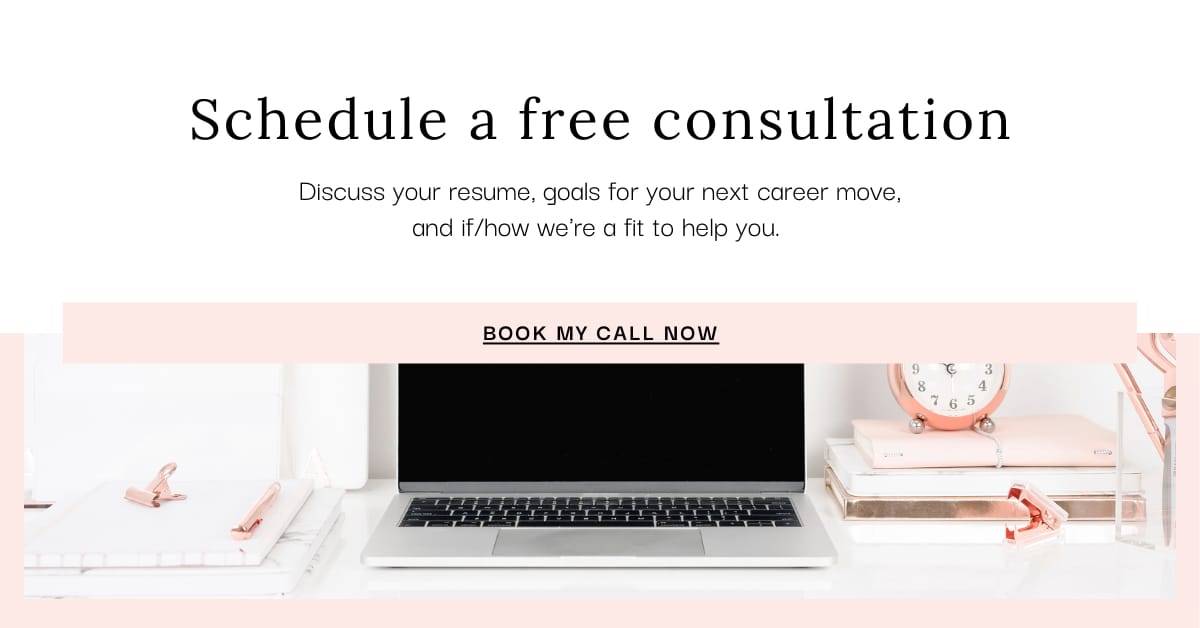
Share this post:

About the author
Jessica Hernandez, President, CEO & Founder of Great Resumes Fast
Hi, I’m Jessica. I started this company back in 2008 after more than a decade directing hiring practices at Fortune 500 companies.
What started as a side hustle (before that was even a word!) helping friends of friends with their resumes has now grown into a company that serves hundreds of happy clients a year. But the personal touch? I’ve kept that.
You might have seen me featured as a resume expert in publications like Forbes, Fast Company, and Fortune. And in 2020, I was honored to be named as a LinkedIn Top Voice of the year!
I’m so glad you’re here, and I can’t wait to help you find your next perfect-fit position!
7 Comments
Leave a Comment
Improve Your Resume: Download Your Free Executive Resume Template Today
Are you struggling to create an executive resume that will impress employers? Download this free executive resume template and receive a series of 10 emails with expert guidance on how to write resume content that resonates with employers so you get more interviews.
It's everything you need to stand out, make an impression, and accelerate your job search.



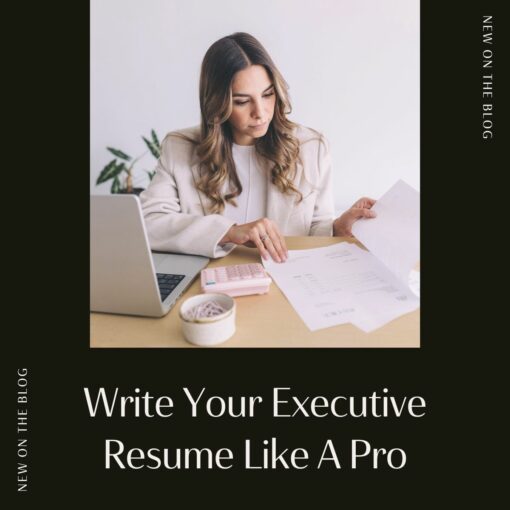





Hi Jessica,
Great article that goes a long way in adding ‘muscle and shine’ to a resume.
Thank you,
Harish
Thanks, Harish! I am glad you enjoyed it.
Impressive!
You make it look so simple but it is not.
So much to learn, Jessica. Thank you for these very helpful guides. I am now making revisions to my resume and other portfolios. 😊
Very good, hit the brain. How behind i am..good tips i got.
Thanks
I am going back to work after 10 years.
I can’t even fill out the online apps because they only go back 5 to 7 years.
Any suggestions?
[…] target […]